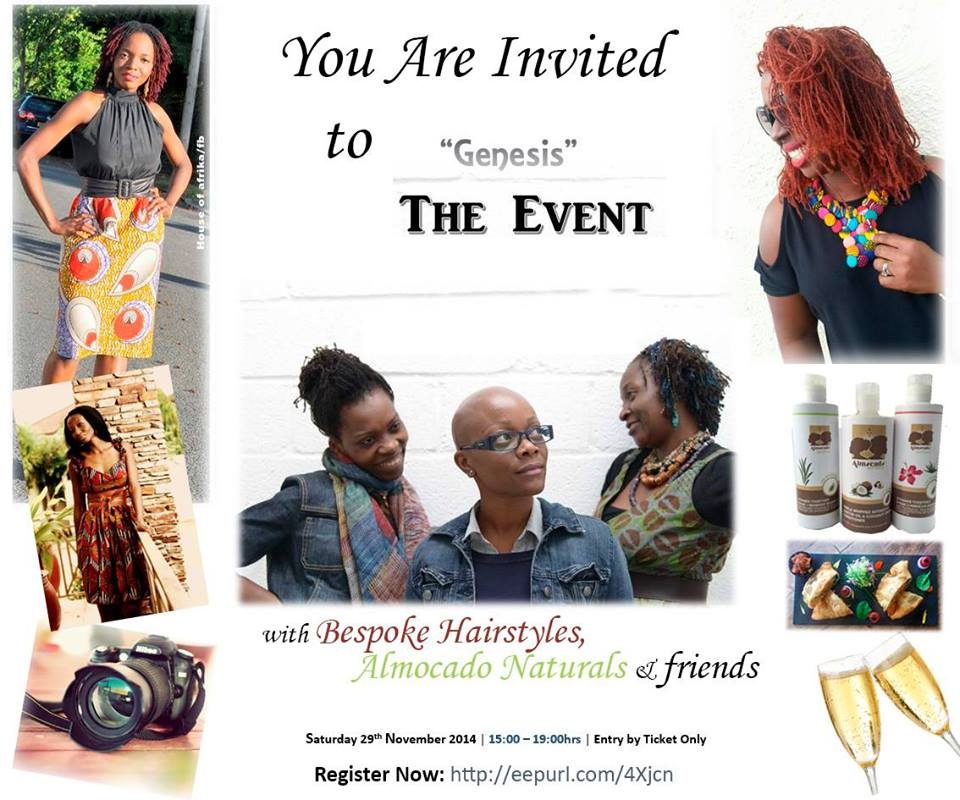On Wednesday, a group of us attended Centric Community Projects‘ Women’s Equality Exhibition in Croydon. This event forms one of a series of nine exhibitions that will cover each strand of equality as defined by the Equality Act 2010.
The exhibition was a comprehensive look at the history of the women’s equality movement starting on the 6th floor of the Norwich Union Building and ending on the 3rd floor.
We started our journey through the exhibition on the 6th floor where we learnt that the women’s equality movement formally started in 1867 with the formation of the London Society for Women’s Suffrage, an organisation that campaigned for women’s rights.
Over the four floors of the exhibition, we were taken through the many campaigns, challenges and victories of the women’s equality movement. Such as:
- the passing of the women’s property act in 1870 allowing women to own property,
- the formation of the Women’s Social and Political Union in 1903,
- the contribution that women made during World War II,
- the first general election where women were allowed to vote (1929)
- the moment when women were first allowed to access the legal and accountancy professions (1920)
- the appointment of the first female minister of state, Barbara Castle the Minister of Transport (1965)
- Britain’s first female Prime Minister, Margaret Thatcher (1979)
- Equal pay for women (1985!)
- The first female Speaker of the House, Betty Boothroyd (1992)
- The major success of the female genital mutilation campaign with the passing of the Female Genital Mutilation Act in 2003
The exhibition ended with an inspirational look at ‘Women of Authority, Influence and Achievement’. This part of the exhibition put the spotlight on women who are considered to be the “movers and shakers” within their field.
It was nice to see the range of professions that were highlighted – women’s rights activists (Emmeline Pankhurst), politicians (Rt Hon Harrit Harman), humanitarians (Camila Batmanghelijh), scientists (Prof Dame Jocelyn Bell-Burnell), doctors (Prof Dame Sally Davies), nurses (Dame Julie Moore), engineers (Dame Sue Ion), business leaders (Karren Brady) and sportswomen (Clare Balding OBE)
African Caribbean Women and Equality
It was also great to see African Caribbean women highlighted in the exhibition. From the exhibition, we learnt that in 1978 The Organisation of Women of African and Asian Descent was set up. This was the first black women’s organisation in Britain to act on a national level and it acted as the umbrella group for all black women’s organisations.
The exhibition also featured Diane Abbot, the first black woman to become a member of Parliament and Kanya King MBE, a founding member of Net Women, founder of the MOBO Awards and patron of the Horniman Museum.
Women in Science, Medicine, Engineering and Technology
We were pleased to see that the successes of women in science, medicine, engineering and technology were highlighted and were very inspired by the following:
Technology: Dame Stephanie ‘Steve’ Shirley who founded the software company the F.I Group in 1962! But, she had to adopt the name “Steve” to help in the male-dominated business world.
Science: Professor Ann Glover, Professor of Molecular and Cell Biology at the University of Aberdeen and serves as the Chief Scientific Adviser to the President of the European Commission.
Medicine: Professor Dame Sally Davies, a qualified doctor and appointed as the first female Chief Medical Officer in the UK and voted as the 6th most powerful woman in the UK in 2013.
Engineering: Professor Dame Ann Dowling, a mechanical engineer whose research focuses on combustion, acoustics and vibration. She is currently the Head of Department of Engineering at Cambridge University, where she was the first female professor in 1998 and in 2012 she was appointed a non-executive director of the oil company BP.
We had a great time at the Women’s Equality Exhibition which was extremely informative and would like to say a big thank you to Centric Community Projects for inviting us to attend.
The exhibition runs until Friday 21st November. For more information email info@centricprojects.org








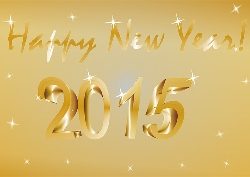
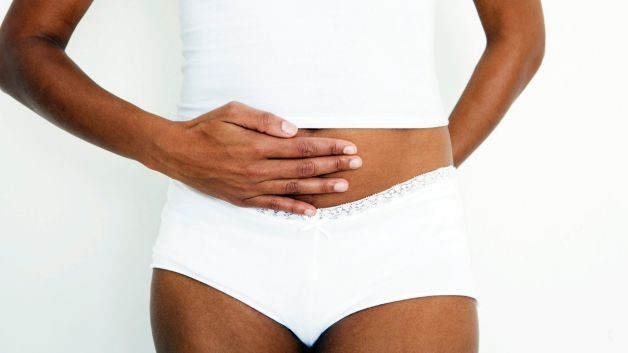
 The Black Women’s Health Study conducted in the US explored the impact of fruits and vegetables on a woman’s risk of developing fibroids. In this
The Black Women’s Health Study conducted in the US explored the impact of fruits and vegetables on a woman’s risk of developing fibroids. In this 

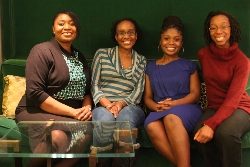
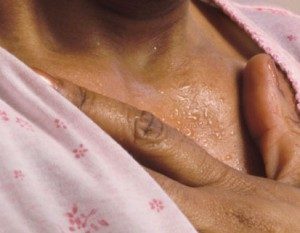

 A number of
A number of 

